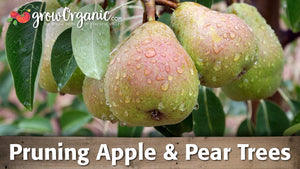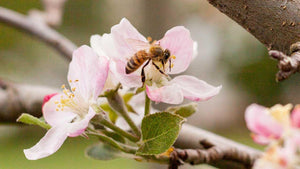Item Number: FT383
Scarlet Apple Tree
A Favorite at Apple Tastings
Scarlet Apple Tree – A Historic Heirloom with Floral-Sweet Flavor
This distinguished heirloom apple, developed in 1866 by Joseph Stayman and introduced to nurseries in 1895, features scarlet-red skin and firm, crisp white flesh. Known for its floral sweetness and long storage potential, the Scarlet Apple is a favorite for both fresh eating and baking. As a triploid variety, it requires nearby pollinizers, but rewards growers with rich harvests and a strong historical legacy.
Every rare tree purchase supports historical orchard preservation
Limited availability—reserve up to 5 rare trees per order while supplies last
Each handpicked tree includes a durable etched metal display tag and will be shipped in a 6-foot box to ensure optimal growth
Standard on Domestic Apple Rootstock
For full planting instructions, watch our How to Plant a Bare Root Fruit Tree video guide.
Learn more about growing and caring for apples in the blogs and videos below.
- Country of Origin: USA (Kansas)
- Zones: 5–9
- Looks: Medium tree with scarlet-red fruit and crisp, white flesh that may blush pink near the skin
- Personality: Floral-sweet flavor with a firm bite; excellent for dessert and cooking
- Facts of Note: Developed by horticulturist Joseph Stayman; introduced to nurseries in 1895 and associated with historic Gold Rush orchards in Forest City, CA
- Pollenizer: Triploid – requires two other compatible apple varieties nearby
- Chill Hours: Approx. 800
Planting
Plant in early spring or late fall in a site that receives at least 6–8 hours of full sun. Dig a hole twice as wide as the root ball and just as deep. Keep the graft union above the soil line. Mulch after planting to retain moisture and suppress weeds.
Soil Requirements
Prefers rich, loamy, well-drained soil with a slightly acidic to neutral pH (6.0–7.0). Add organic matter to improve soil structure and fertility if needed.
Watering
Water deeply once per week during the first 3 years. Aim for 1–2 inches of water weekly. Adjust frequency in hot or dry conditions. Use mulch to conserve moisture and regulate temperature.
Fertilization
Apply a balanced organic fertilizer or compost in early spring before new growth. Avoid high-nitrogen fertilizers that promote excessive foliage at the expense of fruit.
Pruning
Prune in late winter or early spring before buds open. Remove dead, diseased, or crossing branches. Maintain an open canopy to improve light penetration and airflow.
Harvest & Storage
Ripens from September to October. Harvest when apples twist easily from the branch. Store in a cool, dark location with good air circulation. When kept properly, fruit will last 2–4 months.
Visit our Fruit Tree Central for more videos and articles on growing fruit trees.
Explore the full range of tree characteristics in our Tree Characteristics guide.
For more information about different types of rootstocks and how they influence tree size and growth, see our Tree Rootstock Characteristics Chart.
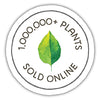

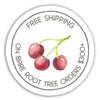
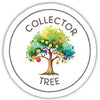
Check Your Zone Compatibility:
Compatible with your zone.
Growing Zone for

Our Guarantee To You
Since 1976, we've served our customers at every stage of growing. Please contact us at any time. We are happy to support and assist you.
Shipping Information
Shipping Information
Cannot ship to the following states: HI, AK, PR, GU, VI
Shipping Weight: 5.0 lb
Dimensions: 47.5"L x 7.3"W x 2.75"H
Features
Features
- Bare Root
- Suited to Warmer Climates
Characteristics
Characteristics
Planting & Care
Planting & Care
Useful Information
Useful Information
Guarantee
Guarantee
Limited Dormant Tree & Plant Guarantee
* Claim deadline is June 15th
We guarantee that your dormant tree or plant will arrive in good, viable condition. If your tree arrives in substandard condition, notify us within 3 days of delivery. Please email pictures of the box, inside packaging, the tree and its roots to helpdesk@groworganic.com. We will investigate your claim and process a request to exchange or refund the damaged product.
If your dormant tree or plant has not grown new leaves by June 15th, you may be eligible for our Limited Dormant Tree & Plant Guarantee. This guarantee provides for a store credit for the purchase price of the tree, excluding shipping. Please see the Instructions below.
Important Dates:
- April 1st Dormant trees/plants must be planted in the ground
- May 15th Perform scratch test, if no new leaves have grown
- June 15th Deadline to apply for a dormant tree/plant credit
All required documentation must be received by June 15th for your claim to be considered. Claims or documentation received after June 15th will be denied, without exception. Instructions listed below
Terms and Conditions
We cannot guarantee that your tree or plant will remain alive and healthy after it is received, or bear fruit as there are too many variables in your environment that are beyond our control (i.e. soil preparation, weed and pest control, proper irrigation, chill hours, compatible hardiness for your growing zone, proper choice of pollinator, extreme weather, rodent damage, disease, etc.).
We cannot guarantee that we will be able to provide a replacement tree/plant of the same species either that same growing season or in future years. Customers are responsible for all shipping fees associated with replacement trees and plants.
If we determine that the tree you purchased directly from us is not viable, we will issue you a store credit (not a refund) for the purchase price of the affected dormant tree or plant. Shipping is not included in the dormant tree/plant guarantee. Store credits can be used to purchase any product we sell and are valid for use only until July 1st of the following year.
Historically, 98% of our dormant trees and plants grow and thrive when they have been cared for and planted using our growing guides. Dormant trees and plants must be planted in the ground by April 1st in order to be eligible for credit. If the ground in your area is still frozen solid, you may temporarily plant your tree or plant in a pot.
Potted, non-dormant trees or plants are excluded from this guarantee as they are not dormant at the time of shipment. Evergreen trees such as citrus, avocado and olive trees are not available for credit under the Dormant Tree and Plant Guarantee.
Instructions
We guarantee that your dormant fruit tree or plant will leaf out, if you care for it according to our growing guides. In the unlikely event that your dormant tree or plant does not have leaves by May 15th, follow these simple steps to apply for a store credit:
Before you call or email, please perform a “scratch test” to determine if the tree or plant is still alive. This video shows how to check for live tissue under the bark. Scratch tests need to be done a few inches above and below the graft.
Green Cambium Layer / Living Trees
If the cambium layer under the bark is green, give your tree a little more time. It is still alive, but hasn’t come out of dormancy yet. Check to make sure that it is getting the right amount of deep root water, enough sunlight and that the weather is warm enough for that type of tree/plant to come out of dormancy. Every tree has its own personality and will come out of dormancy at different times. Be sure to submit the required documentation listed below by June 15th, if it doesn’t grow leaves.
Brown Cambium Layer / Dead Trees
If the scratch test shows a brown cambium layer or if your dormant tree/plant doesn’t have leaves by June 1st, please email us at helpdesk@groworganic.com. All required documentation listed below must be received by June 15th for your claim to be considered. To be considered for the guarantee claim, all required documentation must be received by June 15th. Incomplete submissions will be denied.
Required Documentation
- Order number
- Name of dormant tree/plant and the quantity affected
- Photos of each tree or plant showing:
- The roots (tree or plant must be pulled out of the ground)
- The scratch test areas
- The entire tree/plant
We reserve the right to not issue credit for items that have already been replaced. We also reserve the right to require photographic evidence that the tree/plant was not killed by root rot, rodent or mechanical damage.
Share


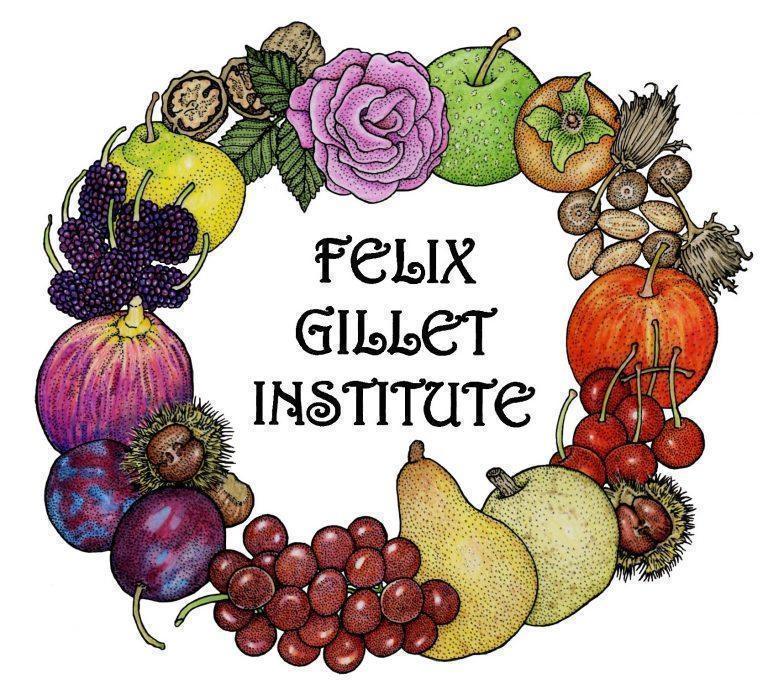

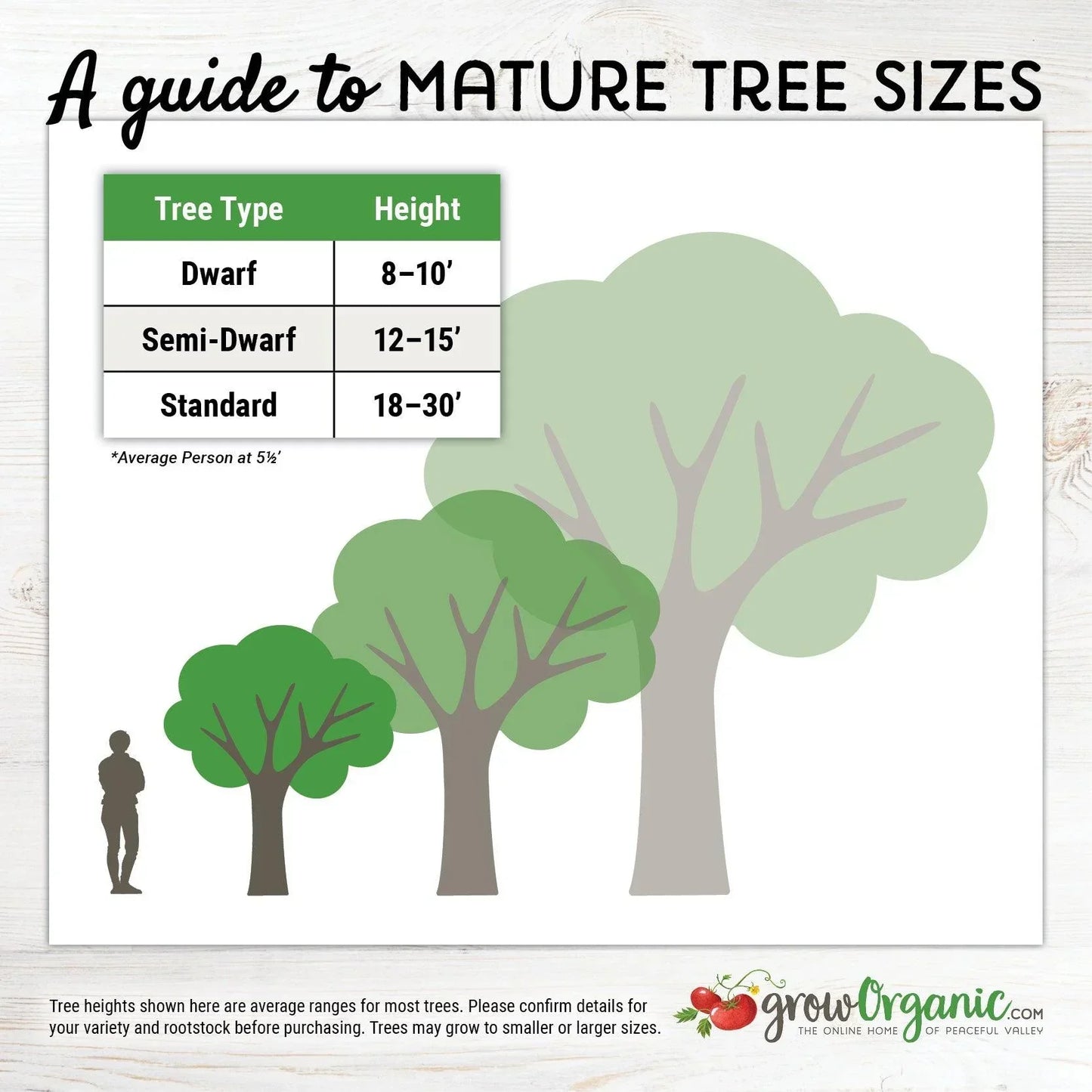
Ordered Scarlet Apple and Apricot. Shipment was fast. Trees are planted on the ground and are healthy. Looking forward for the fruits in a year or two.







